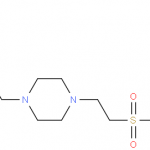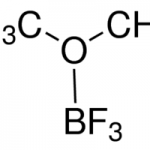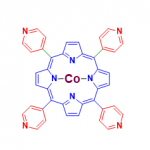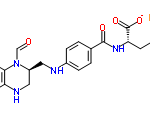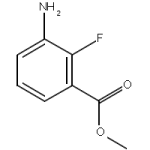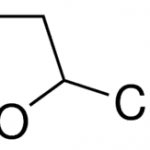
Identification
CAS Number
37288-35-0
EC Number
3.2.1.40
Name
L-Rhamnosidase
Synonyms
Rhamnosidase,R-L-;
Native Penicillium sp. α-Rhamnosidase;
α-Rhamnosidase 78A from Streptomyces avermitilis, Recombinant;
α-L-rhamnosidase;
Native Thermomicrobia sp. Naringinase (Rhamnosidase A);
α-Rhamnosidase
Properties
Appearance
White powder
Safety Data
RIDADR
NONH for all modes of transport
WGK Germany
3
Specifications and Other Information of Our L-Rhamnosidase CAS 37288-35-0
Description
The product is prepared by submerged fermentation of Aspergillus niger. a-L-rhamnosidase (EC3.2.1.40) is a specific glycoside hydrolase that acts on a-1,2, a-1,3, a-1,4, a-1,6 and a 1-linked glycosidic bonds. and a 1-linked glycosidic bonds, hydrolysing the non-reducing a-L-rhamnosidic bond bound to the end of the substrate, while releasing rhamnose and the corresponding ligand. a-L-rhamnosidase acts synergistically with β-glucosidase to specifically hydrolyse some natural products such as naringin, rutin and quercetin to remove bitterness.
Source of strains
Aspergillus niger
| Items | Specification |
| Rhamnosidase activity U/g | ≥50000 |
| Sensory indicators | Light yellow powder ( colour may vary slightly from batch to batch due to fermentation raw materials, cycles etc. but does not affect the efficacy of use) |
| Weight loss on drying(%) | ≤8.0 |
| Fineness (80 mesh standard sieve pass rate) (%) | ≥90 |
| Lead(Pb/mg/kg) | ≤5 |
| Total arsenic (as As)/(mg/kg) | ≤3 |
| Total number of bacterial colonies/(CFU/g) | ≤50000 |
| Coliform bacteria(CFU/g) | ≤30 |
| Escherichia coli (MPN/g) | ≤3.0 |
| Salmonella (25g) | Not detected |
Product Efficacy
1.Plant extracts can replace acid and alkaline hydrolysis, reducing environmental pollution and increasing the yield of active ingredients;
2.It is used to remove the bitterness of naringin from citrus juice and to hydrolyse naringin into rhamnose and tangerine glycosides, of which tangerine glycosides are important precursors for the industrial production of sweeteners.
3.Acts on terpene glycosides to improve the aroma composition of grape juice, wine and beverages, etc. and to produce food additives;
4.It can hydrolyse naringin and lemon bitterness in fruits of the Rutaceae family to remove bitterness from the juice, thus making the juice sweet and sour with a pleasant taste;
5.It can improve the bioavailability of flavonoids and can be used in the production of functional drinks;
6.Catalytic hydrolysis of rutinoside for the targeted biosynthesis of isoquercitrin, which could be a hot new drug compound;
7.Catalyzes the synthesis of naringin, which can be used as a raw material for a variety of pharmaceuticals.
Enzvmatic Properties
Temperature of action: optimum 50℃-60℃, effective 30℃-90℃.
pH of action: optimum pH 4.0-5.0, effective pH 3.0-8.0.
Features
Safety: natural fermented sources for a high level of safety.
Highly effective: soluble in water, highly active, specific and effective.
Directions For Use And Recommended Dosage
Add directly or to the reaction solution.
The recommended dosage is 0.01 %-0.5%, the optimum dosage is determined after testing according to the process characteristics.
Package
1 kg/pack, Skg/pack, 25kg/pack
Storage
Store in a cool, dry environment, out of direct sunlight; keep intact or in closed containers when storing.
Shelf Life
24 months
Links
This product is developed by our R&D company Ulcho Biochemical Ltd (http://www.ulcho.com/).
Quick Inquiry
Fill out our inquiry form and one of our experts will be in touch with you shortly.

